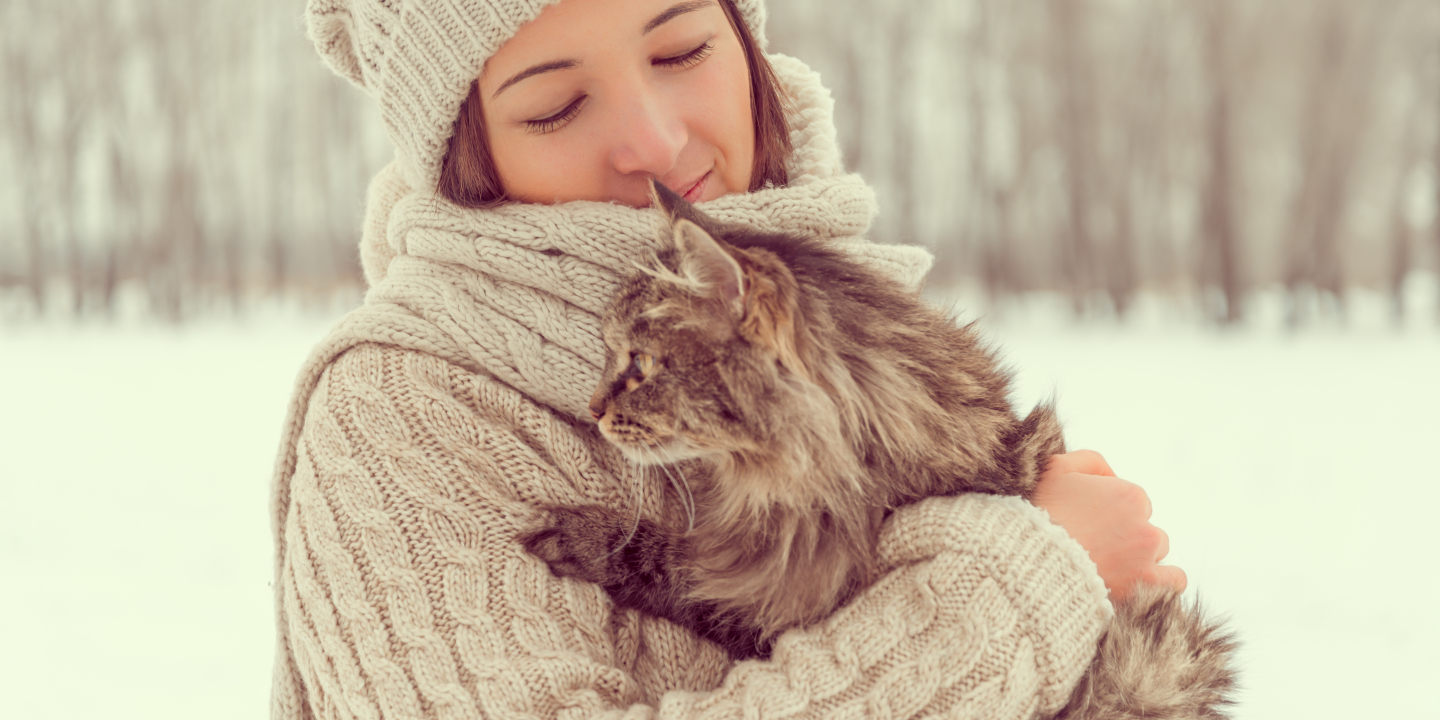Gingivostomatitis
Gingivostomatitis is a debilitating feline dental disease marked by severe and chronic inflammation of a cat’s gingiva (gums) and mucosa, the moist tissue that lines its oral cavity. Fortunately, the disorder is relatively uncommon.
Although the condition is most frequently diagnosed among cats with certain viral diseases—especially infection with the feline immunodeficiency virus (FIV)—as well as bacterial infections and various nutritional and hormonal conditions, no direct causal relationship between such disorders and gingivostomatitis has as yet been established. Any or all of these conditions, however, can cause an abnormal immune response to plaque, the thin coating of bacteria that normally accumulates on the surface of teeth.
According to Jennifer Rawlinson, DVM, chief of the dentistry and oral surgery section at Cornell University’s College of Veterinary Medicine, “The immune system becomes overly reactive to plaque and causes severe inflammation in the gingiva, initially around an affected tooth and then quickly progressing to the tissue in the surrounding area. By the time a cat’s owner has noticed the inflammation, it is likely to have spread well beyond the tissue immediately around the affected tooth, potentially involving the tissue in the back of the mouth—the glossopalatine arch—and beneath the tongue.”
As for the link between FIV and gingivostomatitis, Dr. Rawlinson observes: “The immune system’s inflammatory response is so abnormal in FIV-positive cats that their bodies just aren’t up to dealing with routine oral infections. As a result, small infections become big—and then the whole process just feeds on itself.”
The salient clinical signs of gingivostomatitis include apparently extreme oral pain; swollen, ulcerated, and bleeding gums; lack of appetite or—if an affected cat seems eager to eat—the inability to do so; consequent weight loss; excessive salivation; blood in the saliva; bad breath; and pawing at the mouth. “The condition of an affected cat’s teeth can vary,” Dr. Rawlinson notes. “They may appear to be normal or they may have a lot of tartar on them. It depends on the stage of the disease.”
Veterinary examination is apt to reveal the presence of lesions under the tongue and on the lips; in the back and on the roof of the mouth; and around various teeth, especially the premolars and molars. “On average,” says Dr. Rawlinson, “somewhere between three and five percent of cats show signs of this disease. It can occur in juvenile cats as well as in older animals. The age range seems to be from three to 10 years, but you can see the disease in younger and older cats as well. I don’t see a strong predisposition for it among any of the various breeds.”
If the condition remains untreated, Dr. Rawlinson says, it is possible for it to become so painful that an affected cat will be unable to take in any food and could conceivably starve to death. Although a biopsy of oral cavity tissue may be required for a conclusive diagnosis, she notes, “you can determine that it’s gingivostomatitis in about 85 percent of cases just by looking into a cat’s mouth.”
Treatment of this debilitating oral condition will typically involve either one or both of two options, depending on the extent of the disease: medical management using drugs to suppress the immune system and control the proliferation of bacteria in an affected animal’s mouth; or surgical management, which is likely to entail removal of all of a cat’s teeth. “If you get rid of all of the teeth,” says Dr. Rawlinson, “you’ll be getting rid of all associated bacteria. Once a cat gets over a full-mouth extraction—which will take between five and 10 days—it can go on to thrive very well. About 60 percent of cats will need no further medical management and will have a high quality of life. It won’t have a normal oral cavity, but it will have such minimal inflammation that it won’t need medication.”
There is no preventive measure for gingivostomatitis. Tooth brushing is highly discouraged in animals suffering from the disease as it will be very painful for them. However, healthy cats can certainly benefit from tooth brushing to keep their mouths healthy. For instruction see our online video Brushing Your Cat's Teeth.




